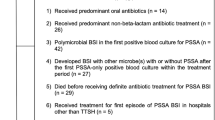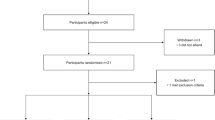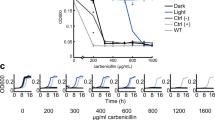Abstract
WE have observed that when highly active penicillin preparations are kept in aqueous solution at pH 2 there occurs a rise in the optical rotation which reaches a maximum and there remains constant. After this treatment only part of the material formerly readily extractable by ether can be removed by this solvent and there is left in the colourless aqueous phase a substance which is strongly dextro-rotatory and has a pale bluish fluorescence in ultra-violet light. This substance, which we have named penillic acid, can be extracted from the aqueous solution by butyl alcohol, from which it can be separated in crystalline condition. Penillic acid has been obtained in this way from barium penicillin preparation varying in activity from 300 units to 1,200 units per mgm., and as the yield is directly proportional to the biological activity of the penicillin used it seems not unlikely that penillic acid is derived from penicillin itself and not from its concomitants. The best yield so far obtained amounts to 20 per cent of the barium penicillin.
This is a preview of subscription content, access via your institution
Access options
Subscribe to this journal
Receive 51 print issues and online access
$199.00 per year
only $3.90 per issue
Buy this article
- Purchase on SpringerLink
- Instant access to full article PDF
Prices may be subject to local taxes which are calculated during checkout
Similar content being viewed by others
References
Abraham, Chain, Baker, Robinson, NATURE, 151, 107 (1943).
Catch, Cook, Heilbron, NATURE, 150, 633 (1942).
Author information
Authors and Affiliations
Rights and permissions
About this article
Cite this article
DUFFIN, W., SMITH, S. Penillic Acid, an Optically Active Acid from Penicillin. Nature 151, 251 (1943). https://doi.org/10.1038/151251a0
Issue date:
DOI: https://doi.org/10.1038/151251a0



